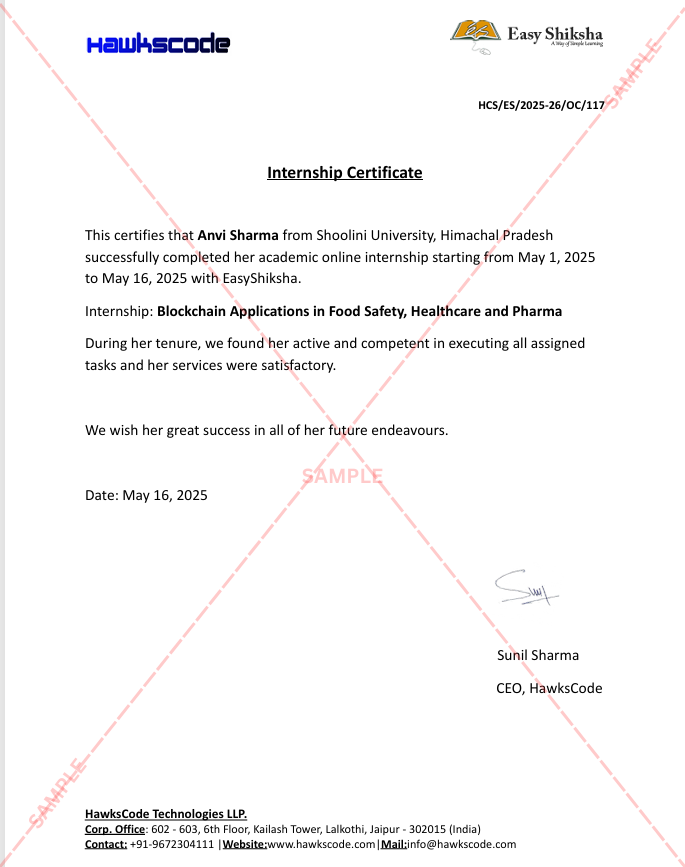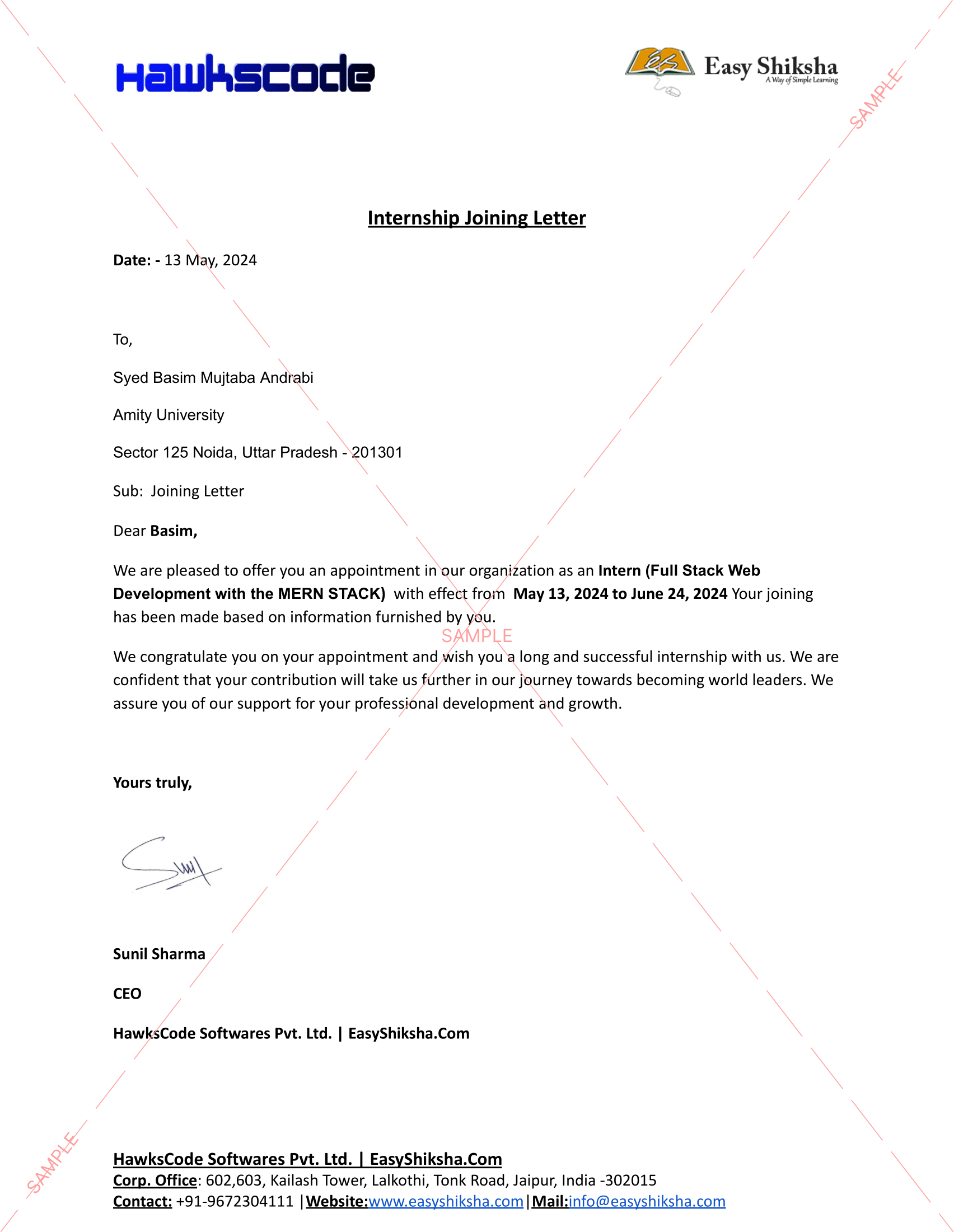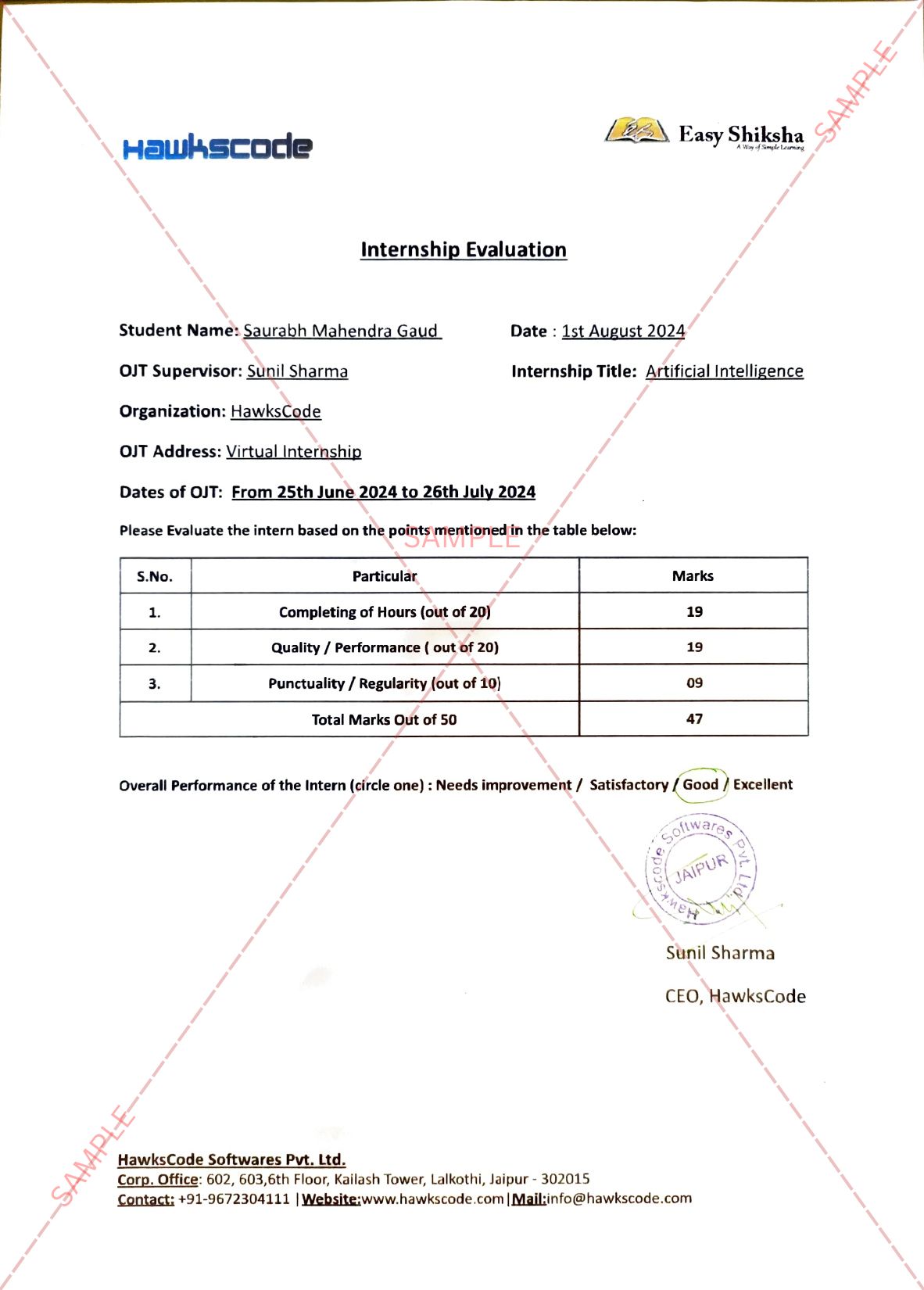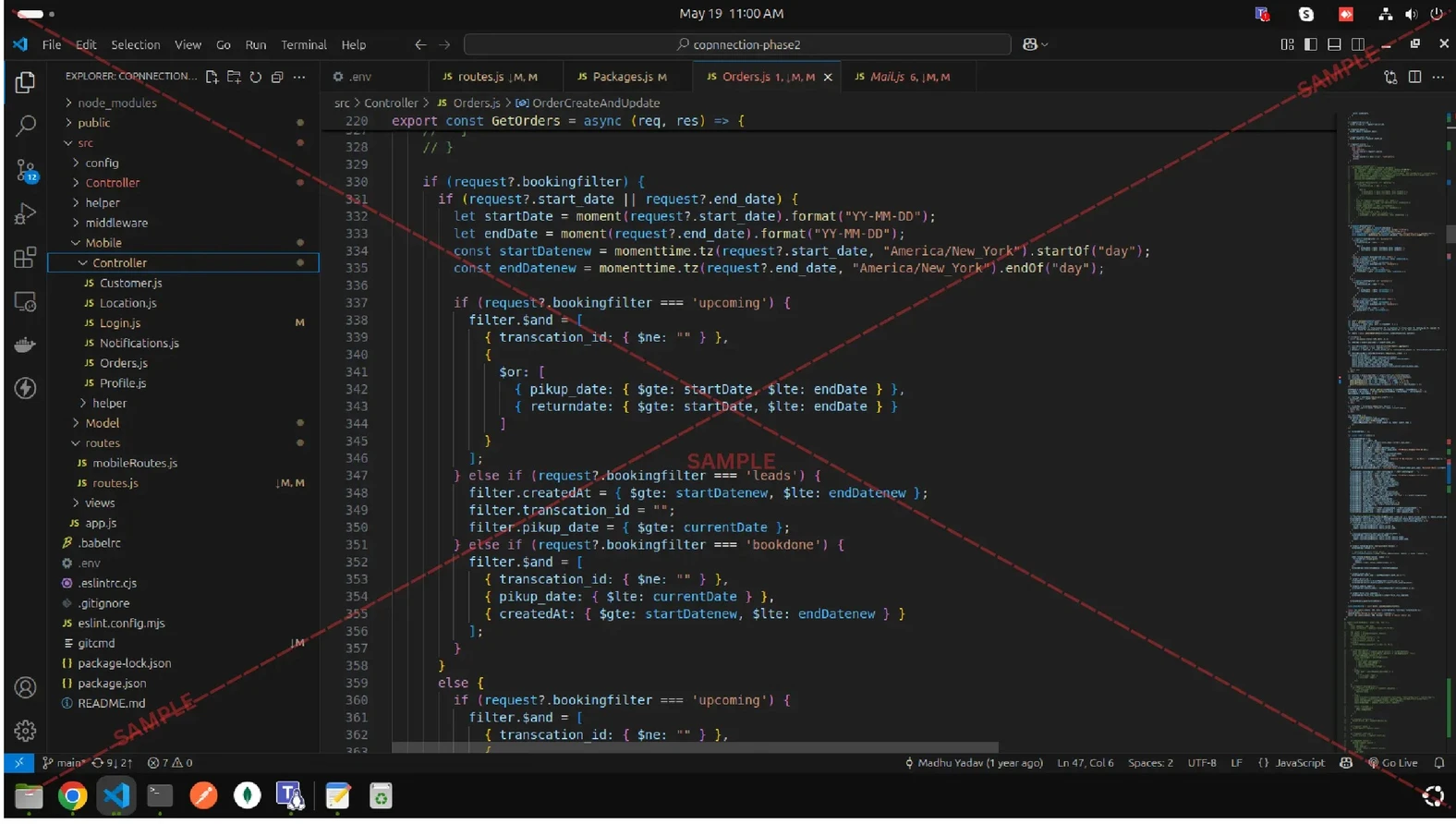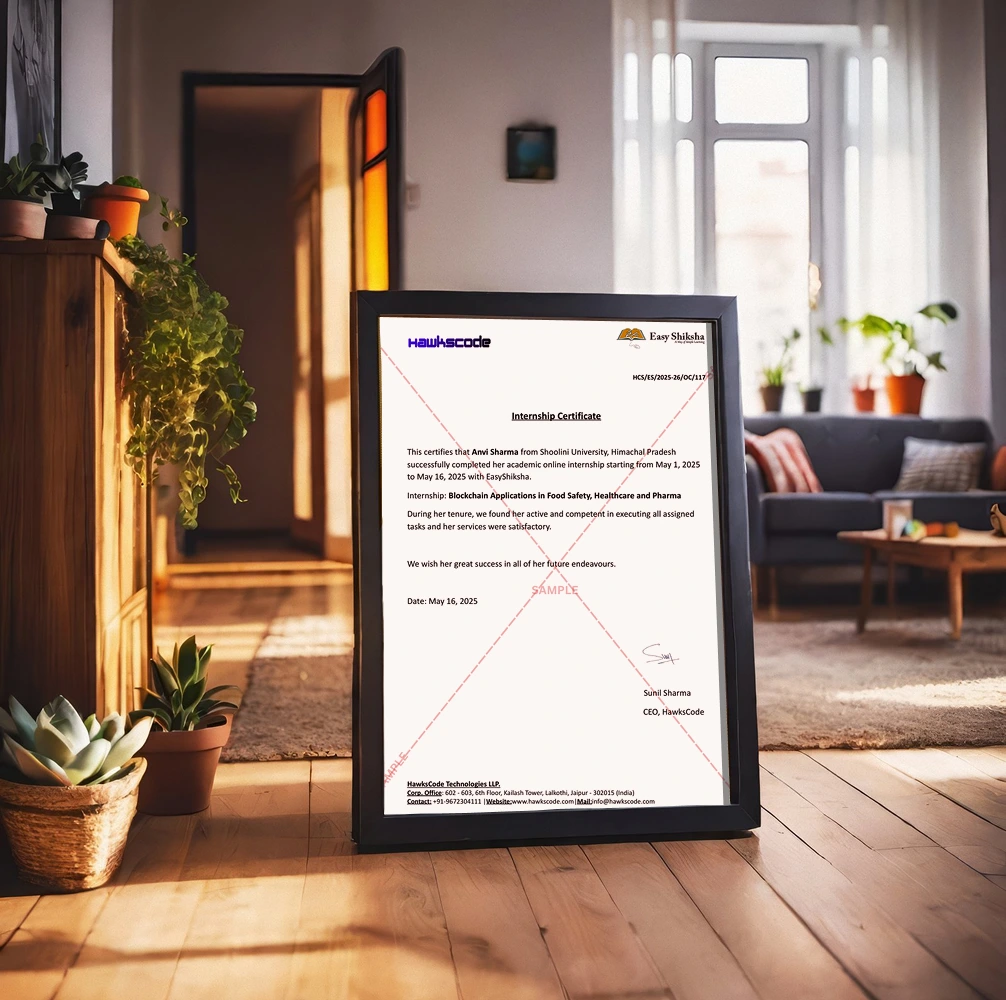Are the courses 100% online?
+
Yes, all courses are fully online and can be accessed anytime, anywhere through a smart web or mobile device.
When can I start a course?
+
You can start any course immediately after enrollment, without any delay.
What are the course and session timings?
+
As these are online courses, you can learn at any time of the day and for as long as you want. We recommend following a routine, but it ultimately depends on your schedule.
How long do I have access to the course materials?
+
You have lifetime access to the course materials, even after completion.
Can I download the course materials?
+
Yes, you can access and download the course content for the duration of the course and retain lifetime access for future reference.
What software/tools are needed for the courses?
+
Any required software or tools will be shared with you during the training as and when needed.
Can I do multiple courses simultaneously?
+
Yes, you can enroll in and pursue multiple courses at the same time.
Are there any prerequisites for the courses?
+
Prerequisites, if any, are mentioned in the course description. Many courses are designed for beginners and have no prerequisites.
How are the courses structured?
+
Courses typically include video lectures, reading materials, quizzes, and assignments. Some may also include projects or case studies.
Are EasyShiksha certificates valid?
+
Yes, EasyShiksha certificates are recognized and valued by many universities, colleges, and employers worldwide.
Will I receive a certificate upon completing an internship?
+
Yes, upon successful completion of an internship and payment of the certificate fee, you will receive a certificate.
Are EasyShiksha's internship certificates recognized by universities and employers?
+
Yes, our certificates are widely recognized. They are issued by HawksCode, our parent company, which is a multinational IT company.
Is the download of certificates free or paid?
+
There is a nominal fee for downloading certificates. This fee covers operational costs and ensures the value and authenticity of our certificates.
Do I get a hard copy of the certificate?
+
No, only a soft copy (digital version) of the certificate is provided, which you can download and print if needed. For hard copy certificate contact to our team on info@easyshiksha.com
How soon after course completion do I receive my certificate?
+
Certificates are typically available for download immediately after course completion and payment of the certificate fee.
Are online certificates worthy?
+
Yes, online certificates from reputable platforms like EasyShiksha are increasingly recognized by employers as proof of skills and continuous learning.
How do I know if a certificate is valid?
+
EasyShiksha certificates come with a unique verification code that can be used to confirm their authenticity.
Is a PDF certificate valid?
+
Yes, the PDF certificate you receive from EasyShiksha is a valid document.
Which certificate has more value?
+
The value of a certificate depends on the skills it represents and its relevance to your career goals. Industry-specific certifications often carry significant weight.
Can I get a certificate without completing the course or internship?
+
No, certificates are only issued upon successful completion of the course or internship.

